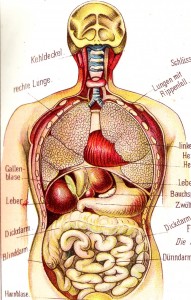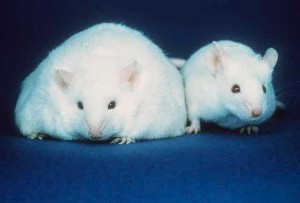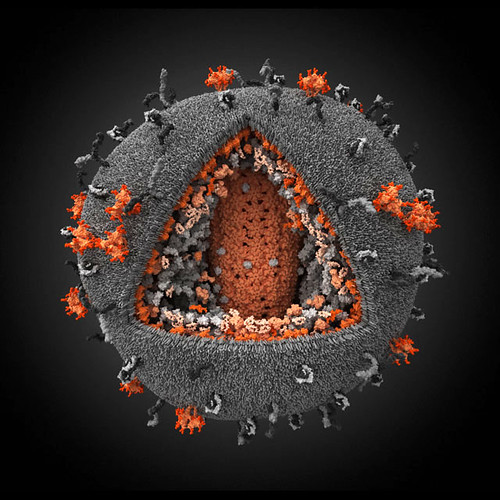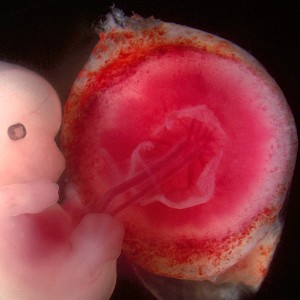We often don’t really think about it, but the way in which molecules interact governs our entire existence. They range from the most basic reactions in our body, to reactions in the atmosphere, and of course those that happen in the lab.
So how does science know so much about these reactions?
A few very important techniques often used include: x-ray crystallography,isotopic labeling and NMR.
What is x-ray crystallography?
Dr. Fryzuk, and his research demonstrate a perfect example of x ray crystallography being used to confirm a new molecule.

Video credit to Miranda Marchand, Al-Haqq Govani, Bonnie Tam, Megan Nien-I Lin. Special thanks to Dr. Fryzuk for taking time out of his busy schedule to meet with us for the interview.
What about isotopic labeling?
Here are the basics:
In isotopic labeling, you can “label” an atom by switching the atom of your choice with an atom of the same element, but a in a different isotopic form. This might sound confusing and technical for someone with no prior chemistry background, so here is another way of looking at it.
You can think of isotopic labeling like placing a big yellow sticky note on an atom (or atoms) of a compound. Even if there are millions of compounds, you’ll be able to easily trace yours because the atom on it will stick out from the rest.
By marking your compound, you can watch it interact with other molecules and enzymes. We can also see the position of the marked atom and where the atom ends up after reactions. This is extremely advantageous in many research fields where monitoring interactions between compounds is crucial.
What is NMR?
NMR stands for Nuclear Magnetic Resonance! But what does it mean?
After many years of research, scientists are now finally starting to understand the behavior of a nucleus when it is placed in a magnetic field. This phenomenon is known as nuclear magnetic resonance (NMR).
Every element and their isotopes have unique properties, including a spin quantum number. When placed in a magnetic field, the polarization of the magnetic nuclear spin will vary accordingly among elements due to the spin number.
The most commonly used nuclei are hydrogen, helium, boron and carbon.
Under normal conditions, the nuclei will either spin-up (+1/2) or spin-down (-1/2) due to a balance between the external magnetic field and the nucleus’ own magnetic moment; but when placed in a magnetic field, this balance is thrown off which means that the spinning is no longer balanced, therefore creating unique spin pattern images.
Is the NMR only used for research?
No! It is also widely used in the field of medicine; for example, the magnetic resonance imaging (MRI), which is commonly used to scan the human brain for tumors. On the other hand, in the chemistry world, chemists can also use NMR to determine the structure of a compound or use it to verify the synthesis of a new compound.
These techniques are important to verify if reactions between molecules have taken place. If researchers are unable to verify this, they may stop an experiment which could have huge implications on our future.
Listen to our podcast from a future where this is possible here:
Audio clip: Adobe Flash Player (version 9 or above) is required to play this audio clip. Download the latest version here. You also need to have JavaScript enabled in your browser.
-Al-Haqq Govani, Megan Nien-I Lin, Miranda Marchand, Bonnie Tam



























